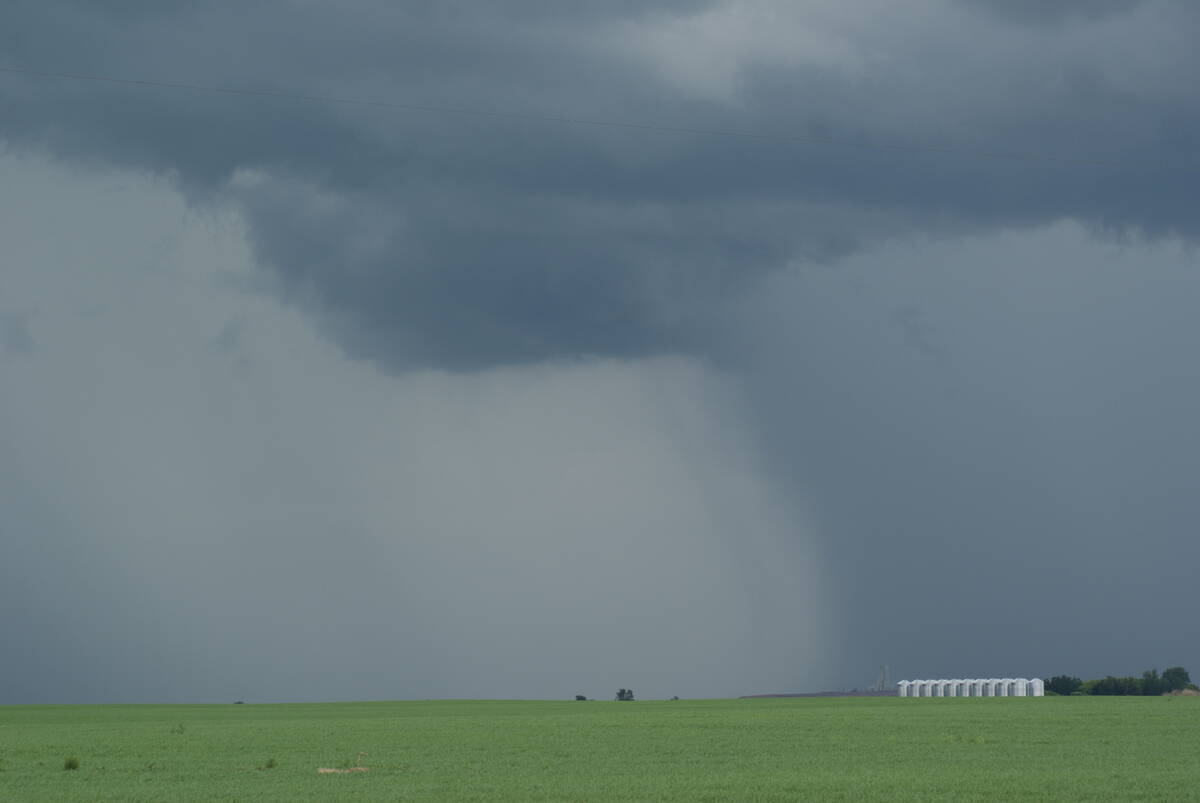Oats has suffered a sad fate in recent decades, collapsing in acreage, and these days it’s having trouble keeping longtime growers loyal and faces dire prospects in coming years as corn and soybeans move into the Prairies.
Yet the grain itself seems to be almost ideally-designed for today’s burgeoning healthy foods market, with proven abilities to reduce cholesterol, forestall or minimize diabetes – as well as having proven unique skin-salving qualities. It’s not just a collection of starch, fibre and protein as any other grain, but a healthy superfood.
Read Also

Canadian farmers need new tools to support on-farm innovation
Farmers need a risk management buffer that actually works and investment that drives advancements forward if Canada is to build resilience.
The problem is that the unique values inherent in the oat kernel aren’t reflected much in its pricing. It still tracks corn prices, so it’s partly based on feedgrain values. And it isn’t remarkably better valued than wheat, which doesn’t have the unique beta glucan, avenathramides and other micro qualities that give oats its healthy impact. So oats is priced like a bulk cereal grain.
But unlike wheat and corn, oats doesn’t have massive amounts of money being poured into variety development. So year by year it seems to slip on the net returns basis. So far it’s holding its own after losing millions of acres since horses stopped being the main form of farm motive power, and a couple of times in recent years it’s been one of the best returning crops. But overall its competitive position is getting weaker and weaker as wheat does well, canola does great, and corn and soybeans steam into its homeland.
Researchers, food companies and farmer groups are doing what they can to stanch the bleed-out, but it’s not easy to build new markets, pioneer new research and develop new products for a crop that is such a tiny part of North American acreage. A few million dollars per year gets spent on oat variety development. A couple of million dollars per day gets spent on corn variety development. Try to keep up with that.
The true underlying problem seems to be that there is still just too much of the stuff being grown to allow it to be valued as a specialty health product. In a way, oats is still trying to be everything to everyone: a health food, a horse feed, a bulk grain and a low input crop. Maybe it needs to become a special crop, where its acreage becomes much smaller, more focused and specific to contracts and buyers than it is today, when it’s still acting like a big acreage crop. Or maybe enough of its unique qualities will be recognized by its many markets to allow it to power ahead in value, like corn has with its 390 uses – few of which it had three decades ago. Right now there is more than enough oats grown to meet all food demand and still leave millions of tonnes for feed. Anytime food prices get high, feed oats get pulled into the mix and prices can’t rise too high.
There’s real hope that the horse feed market can come back somewhat. Maybe special varieties of oats with refined health qualities will be grown by contacted farmers. If bulk oats can start being used beyond snack bars, Cheerios and Quaker oatmeal in additional mainstream foods like pasta (an Agriculture Canada scientist has developed an oat pasta but can’t find a food company to make and market it yet), maybe overall demand can increase by more than the one to two percent a year growth it now experiences.
But for lovers of oats – and that includes me – it’s frustrating to see such an inherently good product of nature and humanity being treated so shabbily by the market. When you produce more than the highest-paying part of the market is willing to pay, no one has to pay high prices, regardless of inherent value.














